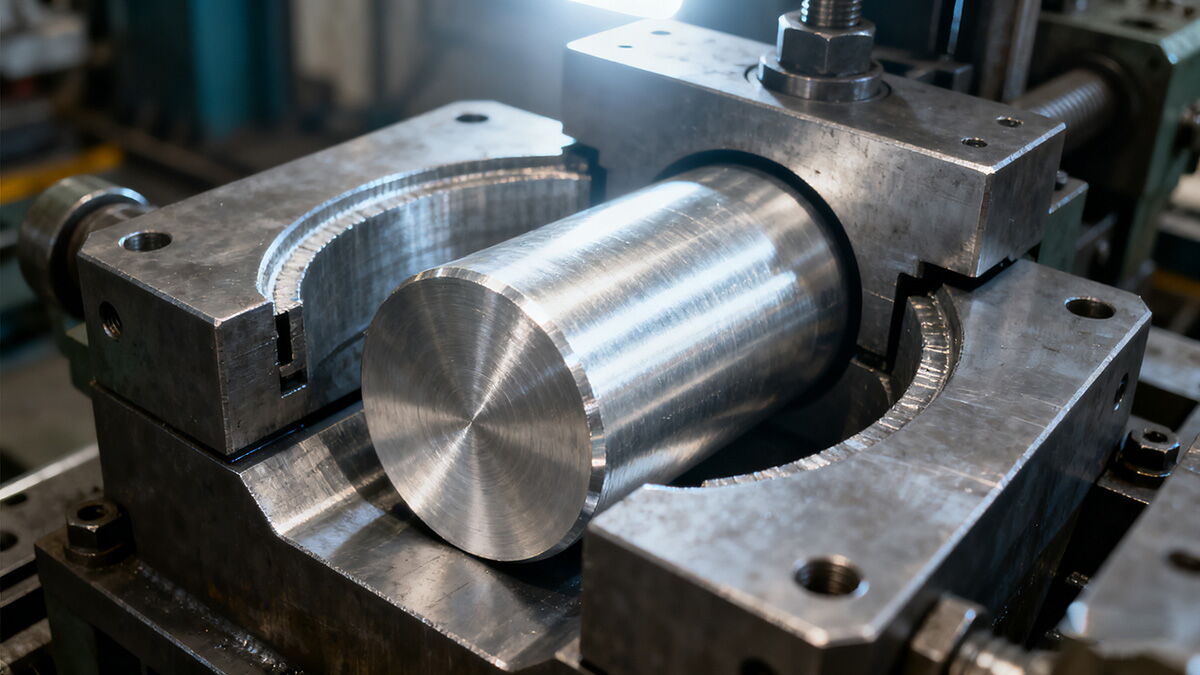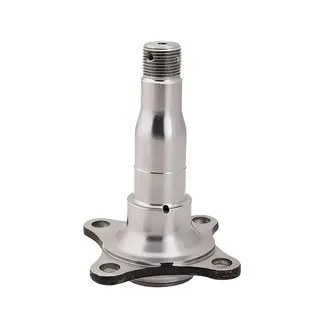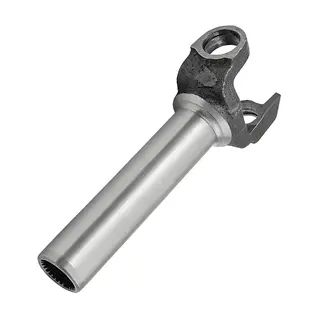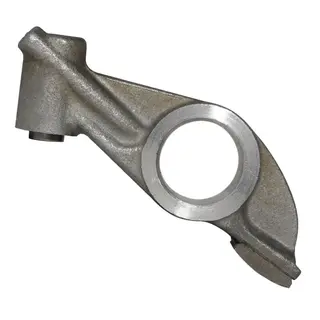Cold forging is a room-temperature forming process (sometimes performed slightly above ambient to reduce stresses), where metals are plastically deformed below their recrystallization temperature. Unlike hot forging, cold forging does not involve heating, relying instead on the strain hardening effect to strengthen the part. This leads to superior surface finish, close dimensional tolerances, and reduced manufacturing costs.

Cold forging involves forcing the workpiece (often in the form of wire, rod, or billet) into a die cavity at high pressure. It is carried out in specialized presses that apply sustained compressive forces. Common cold forging operations include:
Heading: Upsetting the end of rods/wires to form bolt and screw heads.
Extrusion: Forcing metal through dies to create shafts, splines, and cylindrical components.
Drawing: Pulling material through dies to reduce cross-sectional area, producing wires, rods, and tubes.
Coining: Producing detailed surface patterns with extreme precision, such as coins or intricate machine parts.
Rolling/Swaging: Reducing diameter or shaping cylindrical workpieces.
Cold forging significantly alters the microstructure of the material:
Strain hardening: Increases hardness, yield strength, and tensile strength.
Refined surface finish: Due to compression and absence of scaling.
Residual stresses: Induced by high deformation; may need stress-relief annealing.
Excellent dimensional accuracy with tight tolerances
Smooth surface finish with little or no need for machining
No oxidation or scale formation since heating is avoided
Lower production cost and energy consumption
High-speed production suitable for mass manufacturing
Improved mechanical strength due to work hardening
Reduced ductility and toughness compared to hot forging
Limited ability to form complex geometries or large parts
High forming stresses accelerate die wear and tooling costs
Some alloys with poor ductility at room temperature cannot be cold forged
Residual stresses may cause distortion unless relieved
Cold forging is especially suited for small to medium-sized, high-precision parts with high production volumes:
Automotive: fasteners, shafts, gears, bearings, transmission parts
Construction: bolts, nuts, rivets, screws, anchors
Electrical/Electronics: connectors, pins, housings
Industrial machinery: bushings, sleeves, couplings, and precision fittings


